Nepal in Flames: When Protests Turned to Chaos
On September 9, 2025, what began as a youth-led protest for justice and against corruption spiraled into widespread destruction. People, claiming to act in the name of Gen Z, emerged seemingly out of nowhere, and chaos swept through Kathmandu and other cities.
From Protest to Destruction
Buildings that were symbols of Nepal’s governance and justice became targets. Protesters set fire to Parliament at the International Convention Centre, Singha Durbar, the Supreme Court, and multiple police stations. Government offices, political party headquarters, and even private properties were vandalized. Streets filled with smoke, fire, and debris as people expressed their anger in destructive ways.
The Nation’s Home, Torn Apart
What many had called their home—institutions meant to serve the people—was now burning. The violence shocked citizens, many of whom mourned the loss of both life and the physical symbols of their country’s governance. Social media, ironically, was flooded with images and videos of the destruction, spreading fear and grief.
Impact and Fallout
Authorities struggled to regain control. The army was deployed, curfews were enforced, and police attempted to restore order, but the sheer scale of unrest made containment difficult. The destruction left critical government functions disrupted, and the nation faced not only the human cost of the earlier protests but now the cost of rebuilding infrastructure.
A Turning Point?
The events of September 9 marked a turning point in Nepal’s Gen Z movement. While the original goal was to demand accountability and reforms, the sudden turn to widespread violence and arson blurred the lines between protest and chaos.
Nepal now faces a dual challenge: healing the wounds of lost lives and rebuilding the institutions that define the country, while grappling with the anger of a generation unwilling to be ignored.
Share this content:
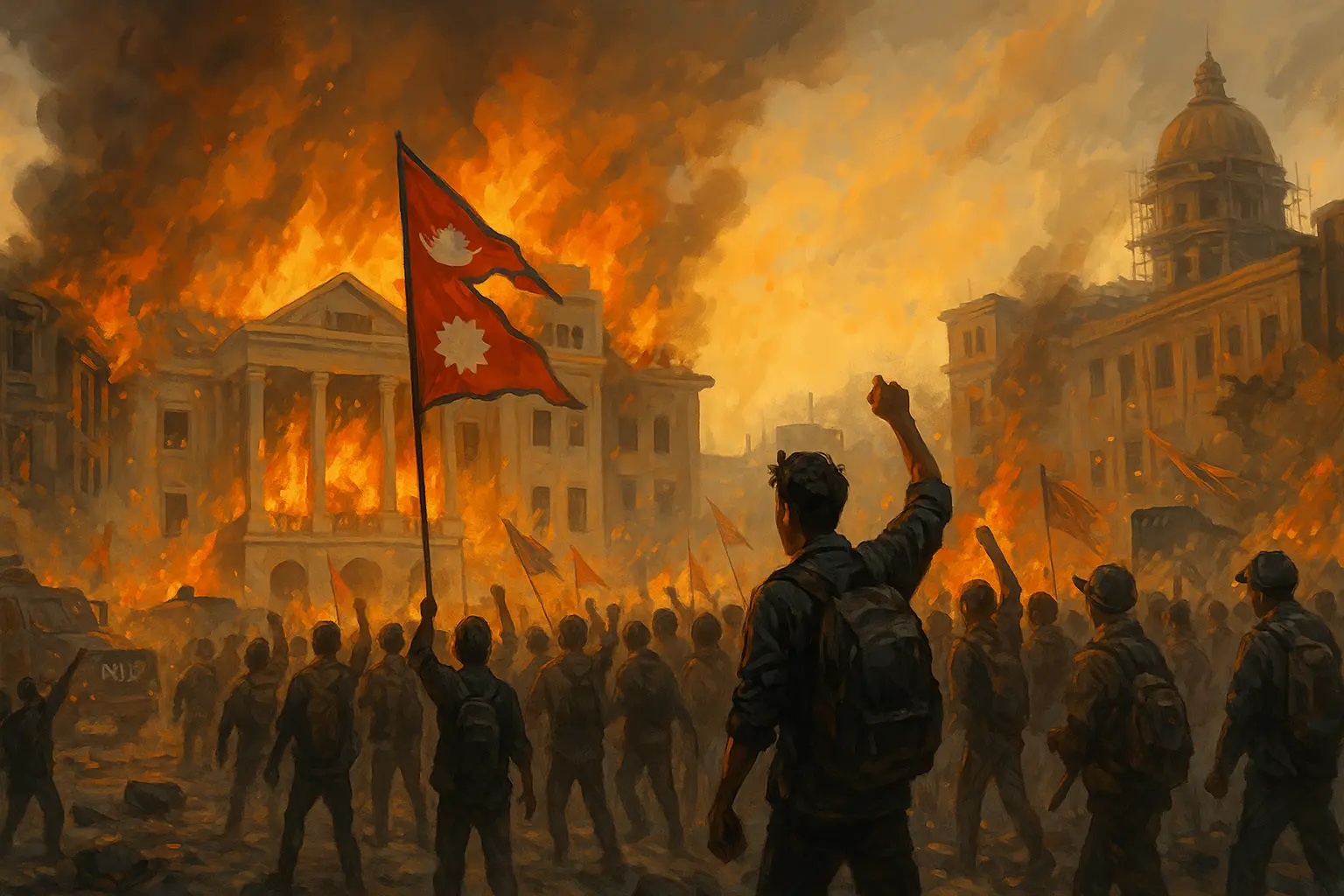

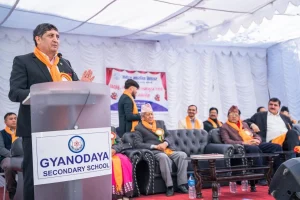


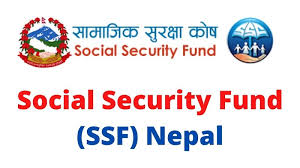
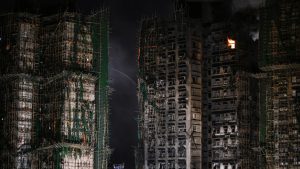

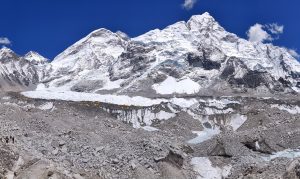


Post Comment